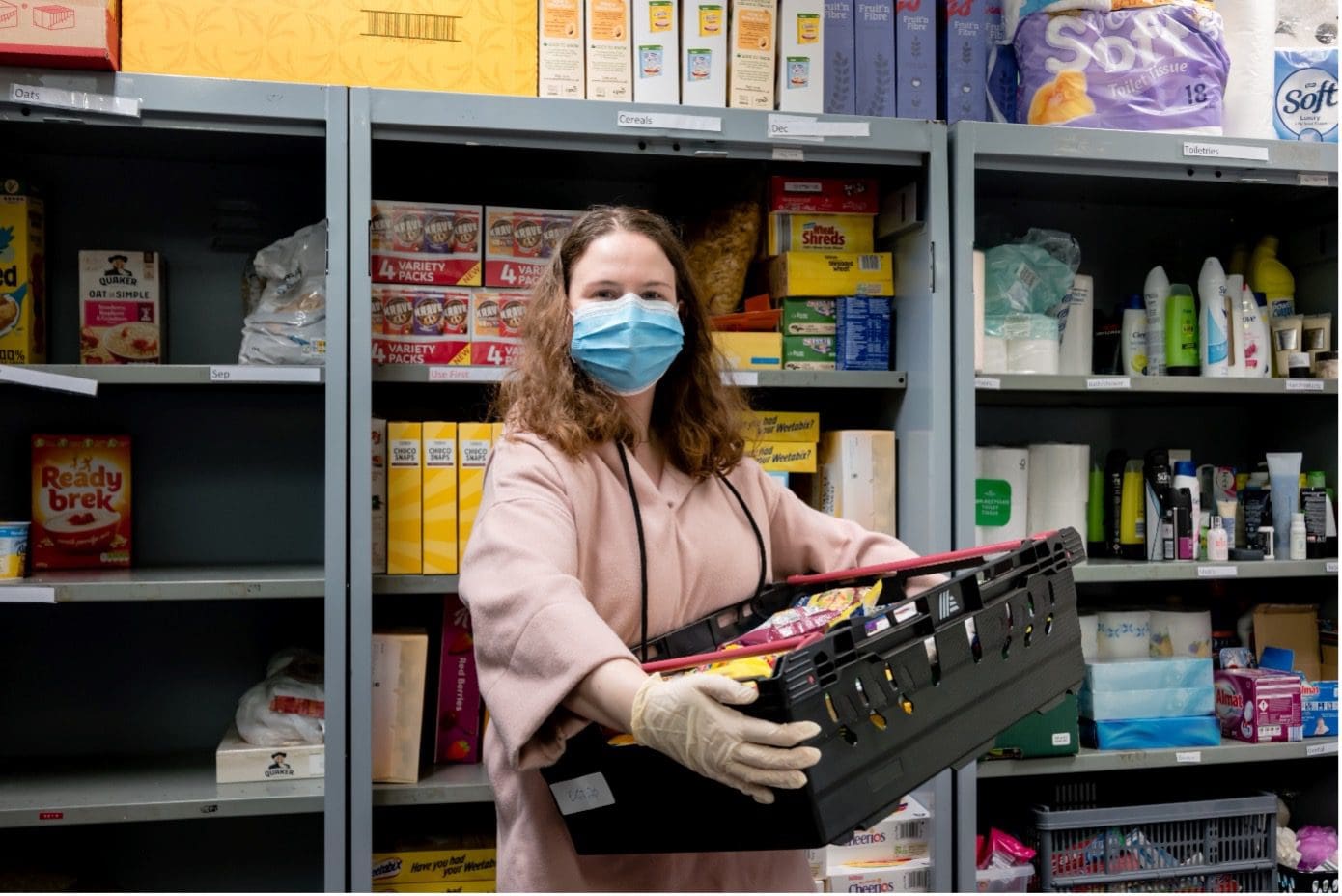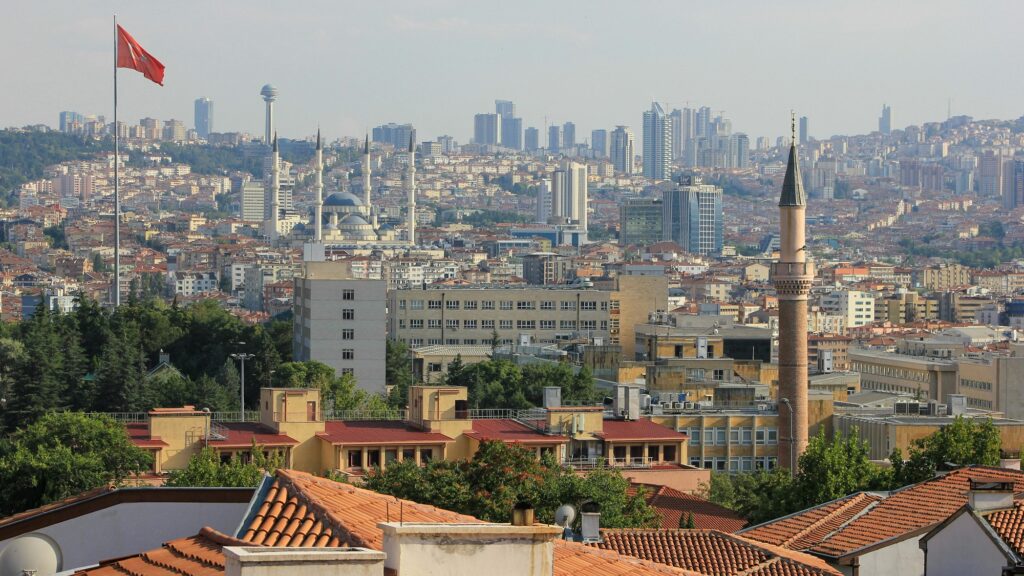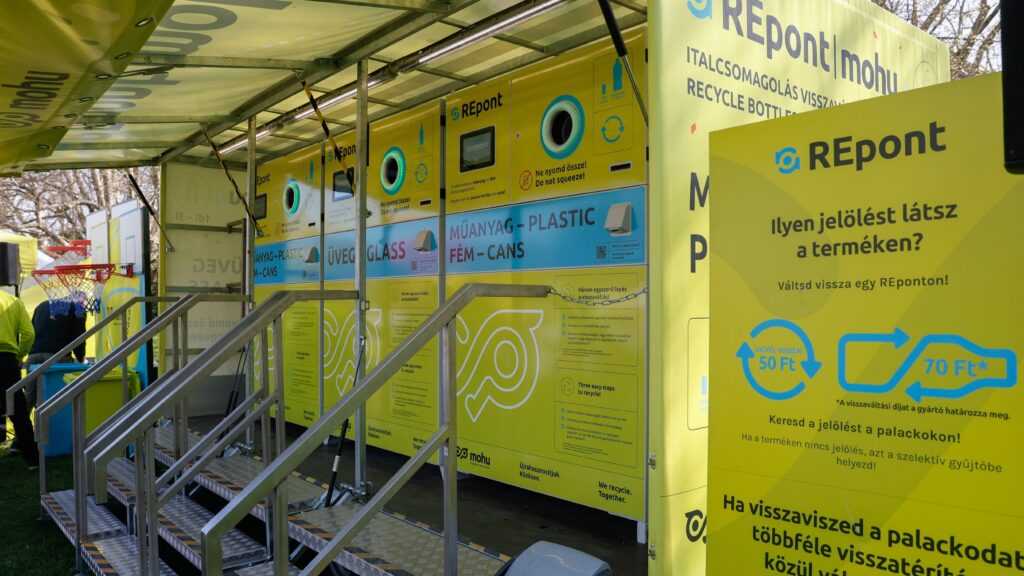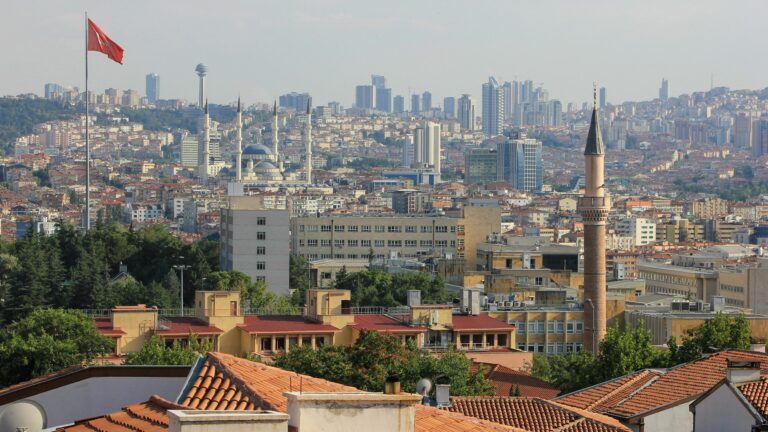Poverty is measured in a uniform way in the European Union. Three main dimensions of poverty have been identified, with those who are above a specific threshold on one of these dimensions are considered to be at risk of poverty or social exclusion. The three dimensions of poverty are relative income poverty, indicating those who live in households with a net income lower than 60 per cent of the median income; severe material deprivation, an indicator describing those who lack at least four basic material goods due to financial reasons out of nine items (such as heating, a telephone, a television set, the consumption of meat every other day, etc.); and very low work intensity rate, describing the percentage of people living in households where members of the household (aged 18-59) work less than 20 per cent of their total work potential.
In 2020, a year in which poverty deepened due to the global pandemic, as opposed to the decreasing trend of the previous decade, the relative income poverty rate was 12.7 per cent in Hungary, compared to the EU average of 16.5 per cent; 8.3 per cent of Hungarians lived in severe material deprivation, as opposed to the EU average of 5.6 per cent; and 5 per cent of households had very low work intensity, while the EU average was 8.5 per cent.)[1] Overall, in 2020 18.2 per cent of the Hungarian population was at risk of poverty or social exclusion. On this metric Hungary does better than the EU average of 21.9 per cent. To put this this figure into perspective, let us note that in 2020 Hungary had a lower risk of poverty and social exclusion rate than Germany, Croatia and Belgium, but performed worse than Poland, France and Austria.[2]
Despite the pandemic, the ratio of those who satisfied all three dimensions of poverty decreased from 1.2 per cent of Hungary’s total population in 2019 to 1.0 per cent in 2020
0.2 per cent of people at risk of poverty and social exclusion satisfied only one dimension of poverty, while those who were found to be poor according to all three dimensions accounted for 24.5 per cent of those at risk of poverty and social exclusion. Despite the pandemic, the ratio of those who satisfied all three dimensions of poverty decreased from 1.2 per cent of Hungary’s total population in 2019 to 1.0 per cent in 2020. In terms of employment, the unemployed and workers with low education are at the highest risk of poverty and social exclusion. 61 per cent of the unemployed, 38.9 per cent of those with primary education only were at risk of poverty and social exclusion, while only 5 per cent of those with a college degree were exposed to such risk.
Over the last ten years, poverty has decreased in Hungary across all three dimensions. In 2012, the percentage of those at risk of poverty and social exclusion stood at 34.8 per cent. By 2020, the same percentage decreased to 18.2 per cent. That is, there are half as many people at risk of poverty today than eight years ago. Similarly, the rate of severe material deprivation decreased from 27.8 per cent in 2012 to 12.7 per cent in 2020. The relative income poverty rate decreased from 15 per cent in 2012 to 12.7 per cent in 2020. The proportion of very low work intensity households has also fallen significantly, from 10.3 per cent in 2012 to 3.7 per cent in 2020. That is to say, less than one third of the households who had a very low work intensity in 2012 suffer from worklessness today.
The situation of children has also considerably improved in Hungary over the years. In 2013, 35 per cent of Hungarian children younger than six lived in serious deprivation. By 2016, this number dropped to 20 per cent, which, while undoubtedly a significant achievement, should be further reduced to provide equal opportunity to all children in Hungary.[3] The pandemic slightly worsened the situation of minors in Hungary; the below 17 years of age group was the worst affected by the pandemic, with the risk of poverty and social exclusion increasing from 17.7 per cent to 20.2 per cent from 2019 to 2020. Nevertheless, with a rate of 20.2 per cent of Hungarian minors being at risk of poverty, Hungary still does better than the EU average of 24.2 per cent. Romania does the worst on this statistic in the EU with, with as many as 41.5 per cent of children being at risk of poverty and social exclusion; Hungary, on the other hand, outperforms Germany, France and Austria, but falls short of Poland, Estonia and Slovakia.[4]
The most poverty-stricken part of Hungary is Northern Hungary, where 28.1 per cent of the population is at risk of deprivation
Besides the generation aspect, poverty also has a regional and ethnic dimension in Hungary. In Budapest, 13.6 per cent of residents are at risk of poverty. The most poverty-stricken part of Hungary is Northern Hungary, where 28.1 per cent of the population is at risk of deprivation; this region has the highest level of unemployment, too. Unfortunately, the Roma minority in Hungary is severely affected by poverty. In 2020, 66.6 per cent of Roma were at risk of poverty and social exclusion; the relative income poverty rate among the Roma population was 36.4 per cent; 46.3 per cent of Roma experienced severe material deprivation, and 20.3 per cent lived in very low work intensity households. The percentage of Roma who experienced severe material deprivation substantially increased between 2019 and 2020 (from 30.9 per cent to 46.3 per cent) which must have negatively influenced the Hungarian Roma minority’s ability to provide children with adequate circumstances for online education during the lockdowns.
To sum up, it is very important to note two facts regarding poverty in Hungary. First, Hungary does not do badly regionally. For instance, in terms of relative income poverty, Hungary outperforms most of the regional EU member states. In Hungary, relative income poverty affects around 12 per cent of the populace, while in Bulgaria the same indicator is 23.8 per cent, and in Poland it is 14.8 per cent. In addition, relative income poverty is higher than in Hungary in such Western European countries as Germany (18.5 per cent), Austria (13.9 per cent) and France (13.8 per cent) as well. Second, poverty in Hungary has been steadily decreasing over the last ten years. In 2012, 481 thousand Hungarians were affected by all three dimensions of poverty – by 2020, this number decreased to 93 thousand. In other words, the number of people who qualify as poor on all three dimensions of poverty has fallen by four fifths in eight years. So overall, while there is still a lot to be done, the decreasing trend of poverty in Hungary gives grounds for optimism.
[1] ‘Over 20% of EU population at risk of poverty or social exclusion in 2019,’ Eurostat, (2020), https://ec.europa.eu/eurostat/web/products-eurostat-news/-/edn-20201016-2, accessed 20 April 2022.
[2] ‘People at risk of poverty or social exclusion in the EU, 2020,’ Eurostat, (2020), https://ec.europa.eu/eurostat/statistics-explained/images/4/41/People_at_risk_of_poverty_2020_WEB1_FINAL.png, accessed 20 April 2022.
[3] Horváth Bence, ‘Kettészakadt a magyar családpolitika: a tehetősebbekre öntik a pénzt, a szegényebbeket egyre inkább magukra hagyják,’ 444.hu, (4 Dec. 2017), https://444.hu/tldr/2017/12/04/ketteszakadt-a-magyar-csaladpolitika-a-tehetosebbekre-ontik-a-penzt-a-szegenyebbeket-egyre-inkabb-magukra-hagyjak, accessed 20 April 2022.
[4] ‘Children at risk of poverty or social exclusion,’ Eurostat, (2020), https://ec.europa.eu/eurostat/statistics-explained/index.php?title=File:EU-CHILDREN-POVERTY_final.jpg, accessed 20 April 2022.








